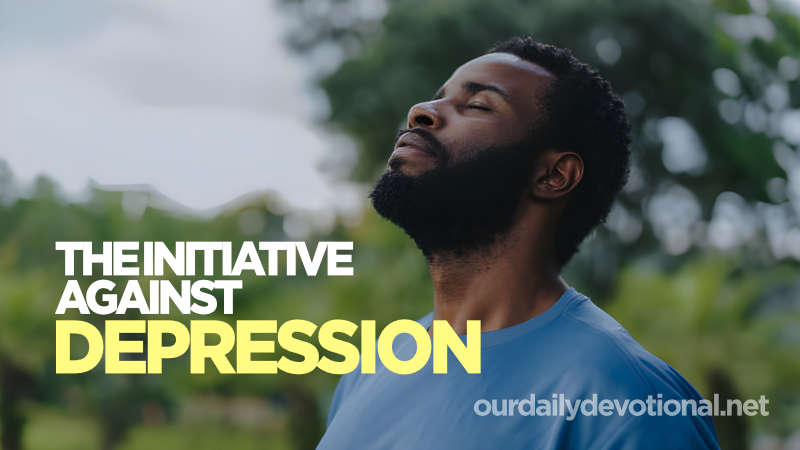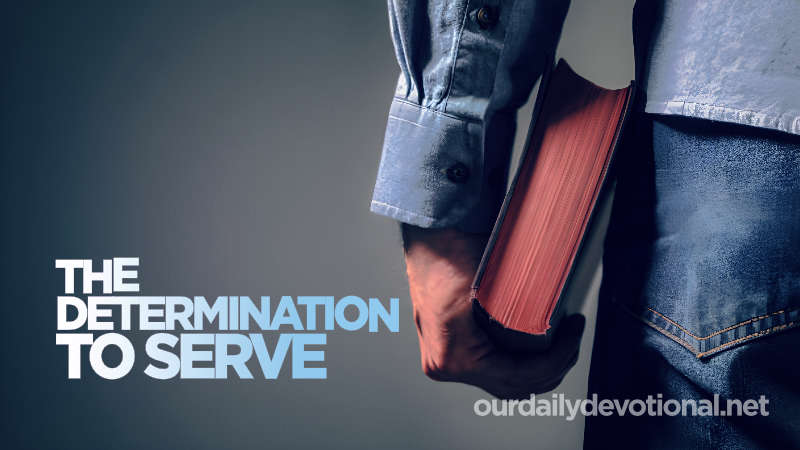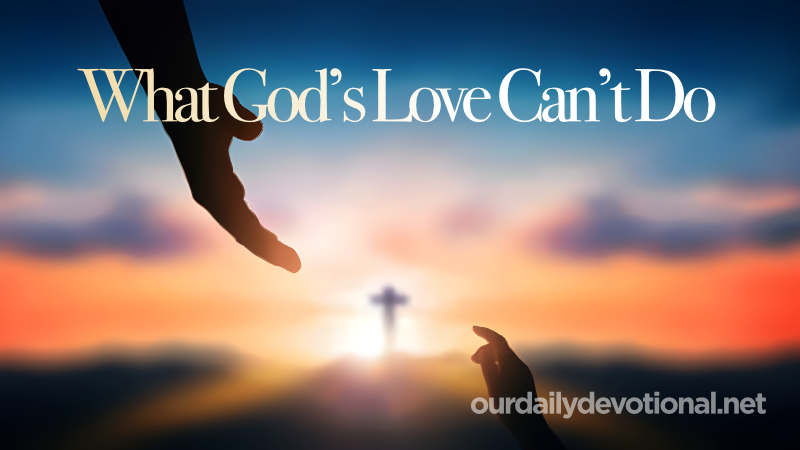The second book of the Pentateuch.
In the Hebrew texts, the title of the book is given by the first words: "These are the names."
It is not without reason that the Greek translation gives the book the name Exodus, because it recounts the departure from Egypt, so decisive in the history of Israel.
Exodus can be divided into three main sections:
(a) In Egypt (Ex. 1-12:36).
Much time passes between Jacob's arrival in Egypt and the events on which the book focuses, but only a brief allusion is made to the increase in numbers of the Hebrews after Joseph's death (Ex. 1:7).
From verse 8 onwards the sufferings of the oppressed Israelites are recounted.
Chapters 2 through 4 recount the birth of Moses, and his youth and calling.
From 5 to 12:36 we have the fight against Pharaoh, the 10 plagues and, in relation to the last plague, the story of the institution of the Passover.
(b) Pilgrimage from Egypt to Sinai (Ex. 12:37-19:2).
In Ex. 12:37-42 we have the Israelites abandoning the city of Rameses;
Ex. 12:43-51: prescriptions regarding the Passover and conditions under which foreigners may take part;
Ex. 13:1-16: order to consecrate the firstborn and future celebration of the Feast of Unleavened Bread in connection with the Passover;
Ex. 14: crossing the Dead Sea;
Ex. 15:1-21: song of deliverance;
Ex. 15:22-16:36: episodes of the bitter waters in Marah, of the manna, of the quails;
Ex. 17-18: the arrest at Rephidim, the water gushing from the rock of Horeb, the victory over Amalek, the visit of Jethro.
(c) Arrival and prolonged stay at Sinai (Ex. 19 1-40 38);
The departure from Sinai is mentioned in Num. 10:11.
The establishment of the theocracy is based on the covenant with Jehovah and involves obedience to his orders (Ex. 19: 3-6);
the elders and the people promised to observe this condition (Ex. 19:7-8).
Promulgation of the 10 commandments and the secondary laws recorded in the Book of the Covenant (Ex. 20-23; 24:4; for the analysis and content of these laws, see THEOCRACY).
The ratification of the covenant by the people (Ex. 24:1-8),
and confirmation meal between the covenanting parties (Ex. 9:11).
Moses on Mount Sinai:
prescriptions for the construction of the tabernacle and its furniture and utensils, the two tables of stone (Ex. 24:12-31:18; for details, see TABERNACLE).
The golden calf (Ex. 32-33).
Moses' second stay on the mountain;
the laws concerning the renewal of the covenant are summarized, and accompanied by compelling exhortations (Ex. 34).
Construction and assembly of the tabernacle (Ex. 35-40).
For questions of paternity, date, wording and authenticity, see PENTATEUCH.
SPIRITUAL MESSAGE.
According to 1 Cor. 10:1-6, 11 and Rom. 15:4, Israel's experiences are examples already written for the purpose of our instruction.
The Exodus is the book of redemption par excellence. God's people are captive, fallen, enslaved and powerless.
God intervenes, and raises up Moses as a liberator; He uproots the people from Pharaoh's tyranny, saving them from the destroyer through the sacrifice of the Passover lamb, reveals his law to them, and grants them his permanent presence in the tabernacle.
In the same way, we are fallen beings, captives, far from paradise, subjected to the slavery of the prince of this world.
God sends us the Savior, whose death frees us and takes us out of the world; He brings us to Himself, and by His Spirit places His law and presence in our hearts.
Few OT books are more Christ-centered than the Exodus. It is full of types and images that foreshadow the person and work of Christ.
Moses prefigures the Son who would be placed over all the house of God (Heb. 3:1-6). Christ himself is “our Passover,” the lamb slain for our salvation (1 Cor. 5:6-8; John 1:29).
The crossing of the Red Sea represents the Christian's liberation from the power of Satan through the death and resurrection of the Lord Jesus (Heb. 2:14).
Manna is the type of the living Bread that came down from heaven (Ex. 16; Jn. 6:31-34 ff.).
The beaten rock from which water gushed “was Christ” (Ex. 17:1-7; 1 Cor. 10:4).
The Mosaic worship, the sacrifices, and the various parts of the tabernacle were all “a form and shadow of heavenly things” (Heb. 8:4-5; 9:23-24, etc.).
Finally, Aaron prefigures our one and only perfect high priest (Heb. 7:11-28), of whom Melchizedek appears to have been an anticipated appearance (Heb. 7:1-11).
Recapitulating, we can cite the extremely important themes that we know essentially thanks to the book of Exodus: preparation, intervention and intercession of Moses; the 10 plagues; Easter; the passage of the Red Sea; Mana; the rock of Horeb; Sinai; the first two tables of the law; the golden calf; the tabernacle.
These themes are taken up again and again and confirmed by the rest of the Scriptures. They constitute a topic worthy of deep and intelligent study by the believer.
Meaning of Exodus (Book)
It is not without reason that the Greek translation gives the book the name Exodus, because it recounts the departure from Egypt, so decisive in the history of Israel.







